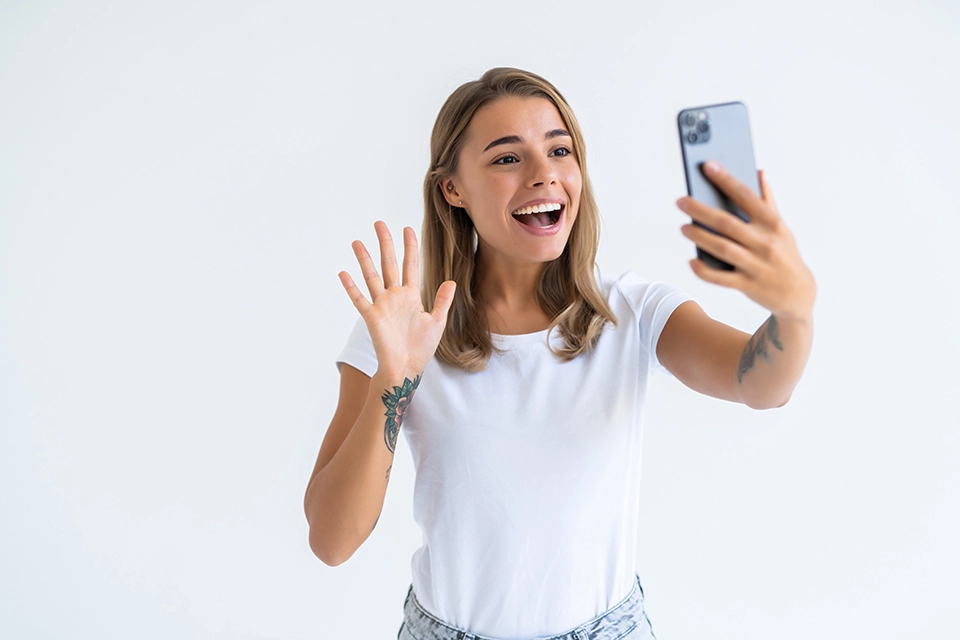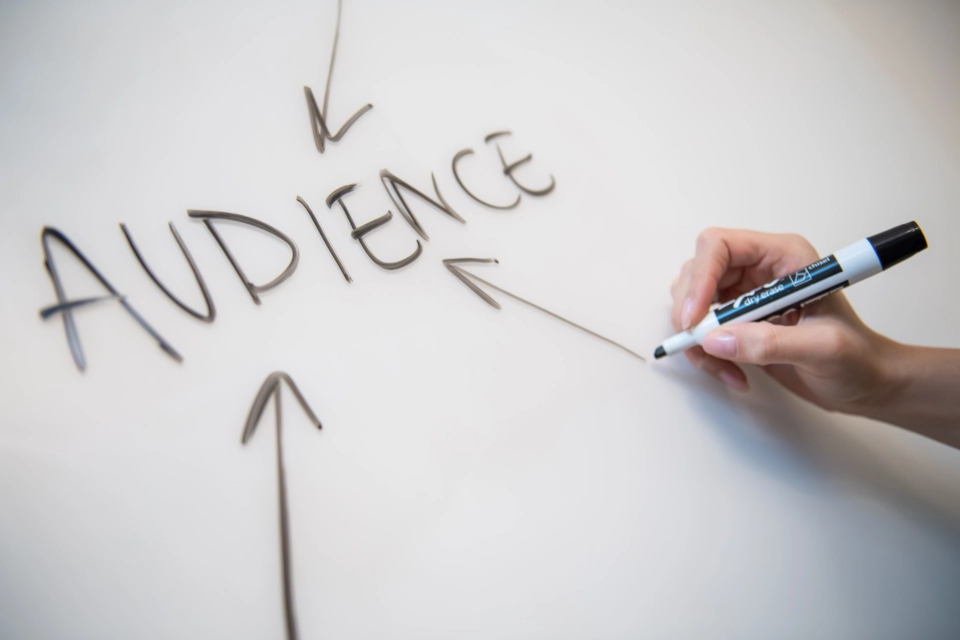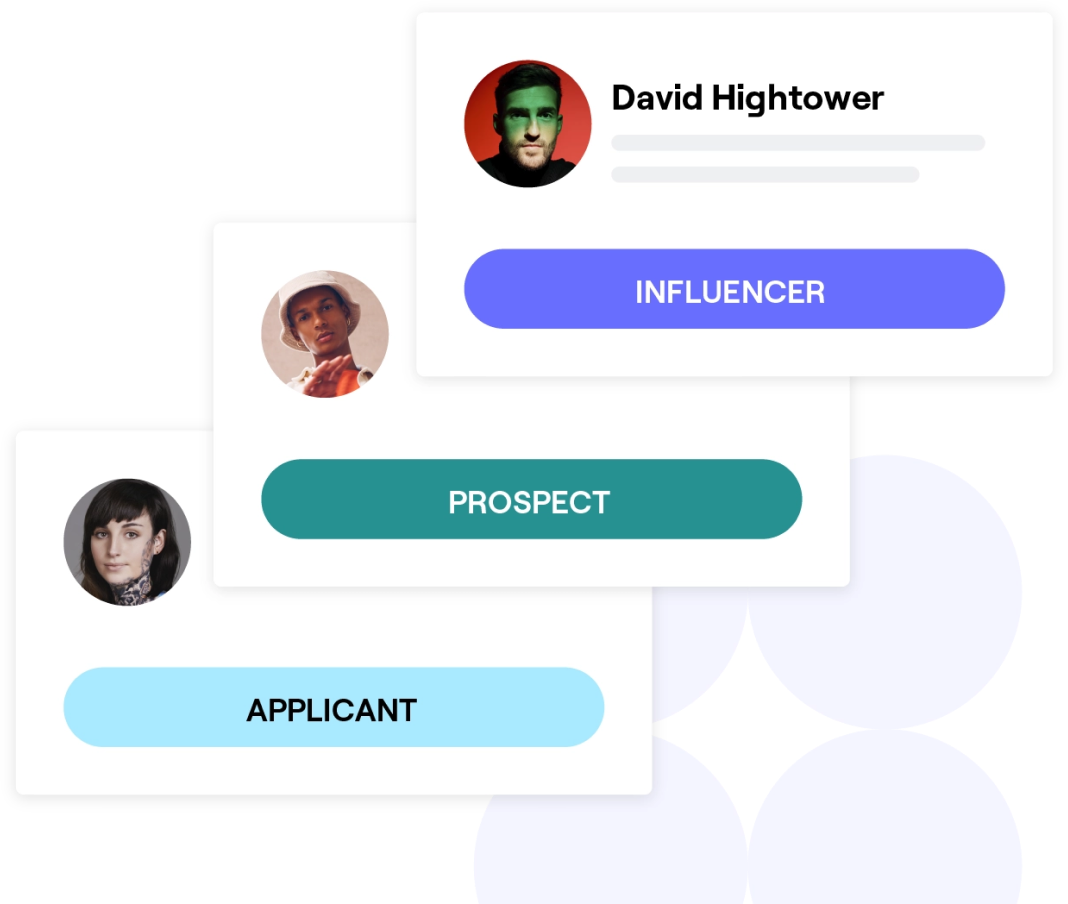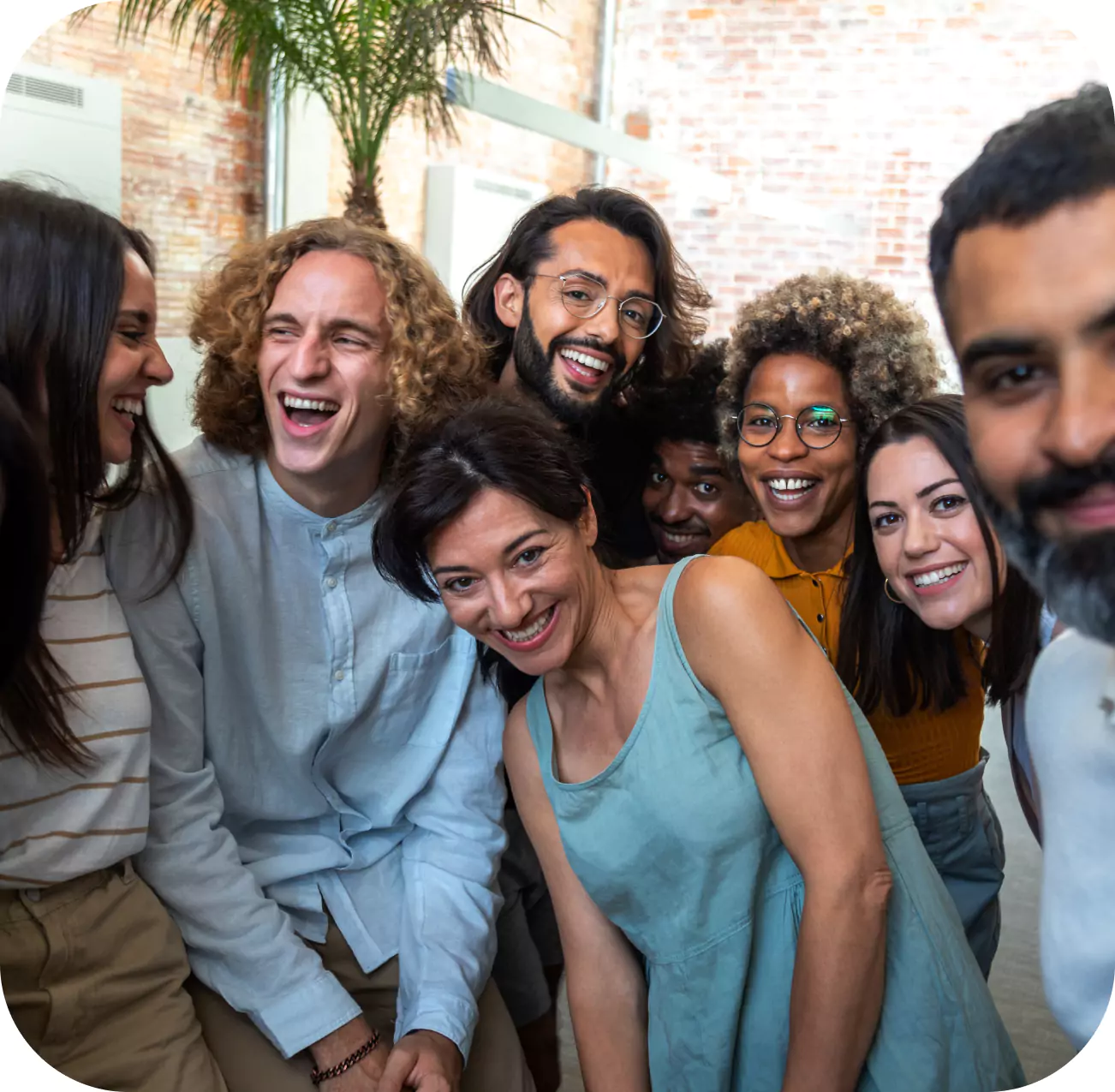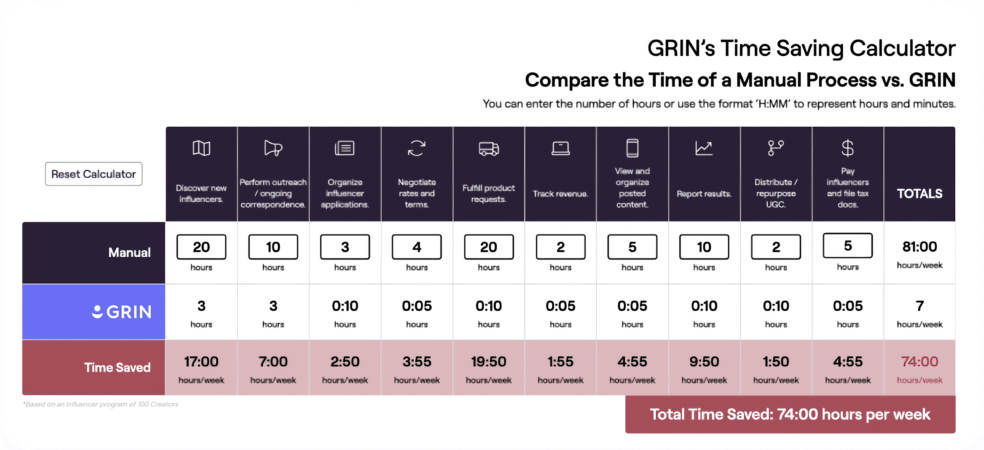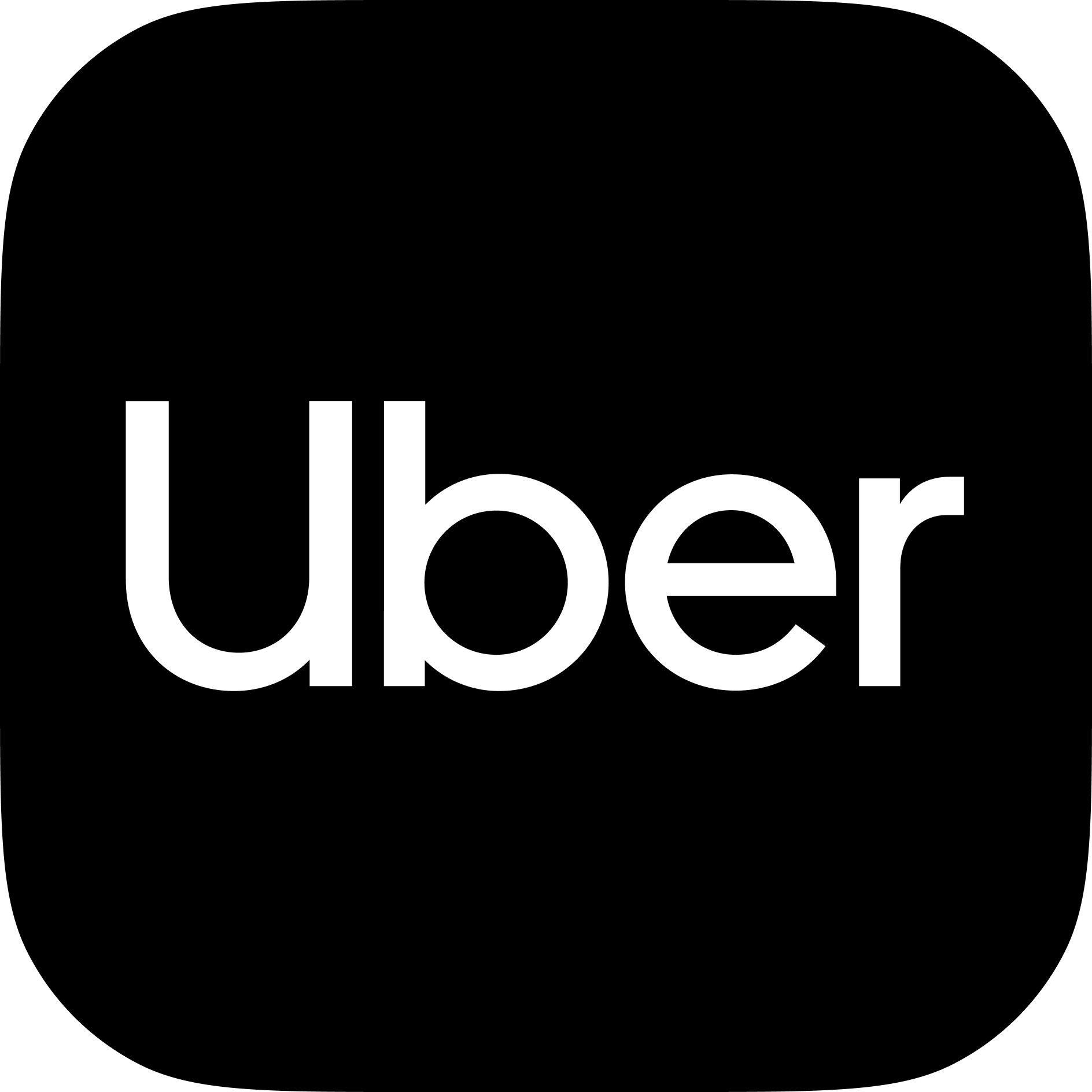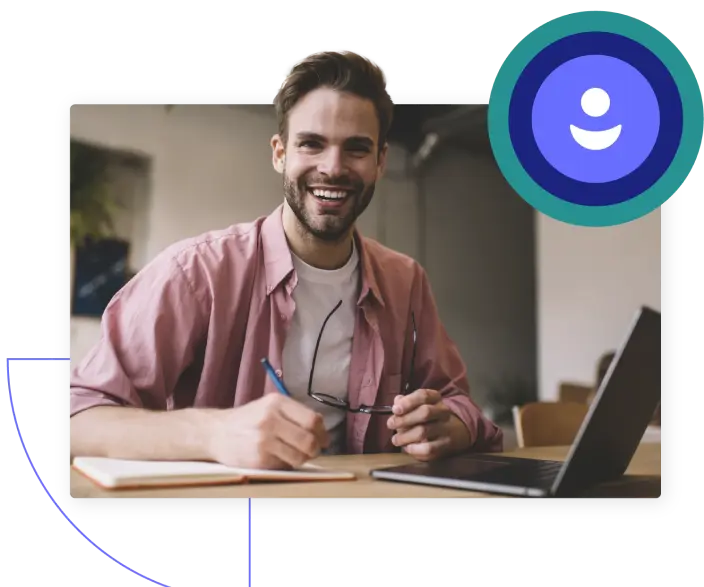Organic social content creates a foundation for a strong online presence. But organic social reach has its limitations. That’s why a sustainable marketing mix nearly always includes some form of paid advertising.
For smaller brands, organic reach alone can sustain operations and even trigger powerful word-of-mouth marketing. But at some point, growing brands need to leverage their organic growth to accelerate their brand’s reach,
Those brands focused on organic growth are increasingly using influencer marketing to promote their products and services.
“Between rising consumer distrust in brands and the growing use of ad blockers, it’s no wonder that influencer marketing has emerged as an effective alternative to traditional advertising methods.”
– Forbes
Influencer marketing remains the most successful word-of-mouth marketing technique available to digital marketers and DTC brands. Because influencers act as social authorities on lifestyle products, their authentic content produces meaningful engagement among their followers which translates into consumer credibility.
Authentic Engagement = Social Proof = Credibility
But paid media still has the upper hand on certain marketing objectives, such as enhanced visibility and laser-specific audience targeting. By merging the strength of influencers (authenticity and consumer trust) with the strengths of paid advertising (unlimited placement), a paid media strategy using influencer content can increase the overall effectiveness of ad spend.
The many use cases for influencer marketing
Influencers are versatile social media power users. When they feel genuine love for a brand, their posts become compelling, stand-alone user-generated content that converts. Not only that, but influencer content is remarkably easy to repurpose on branded pages and online ads.
Brand awareness & earned media value
Influencers nurture vibrant online communities of engaged followers. These followers pay close attention to influencer brand favorites. As a result, brands that partner with influencers often enjoy a boost in earned media value (EMV).
“The basis for EMV lies in understanding what effect a brand’s marketing decisions and public image have on their prospects. Rather than spend a ‘dollar to get a dollar,’ mature marketers want to spend a dollar to set off a chain reaction of positive buyer feedback.”
– GRIN: Quick Guide to Earned Media Value & Influencer Media Value
Due to the viral nature of influencer content, it is much easier for brands to achieve a “chain reaction of positive buyer feedback” by partnering with influencers.
Brand love and loyalty
With today’s high volume of paid ads, it can be difficult to cut through the noise with consumers and generate brand trust through paid ads.
Conversely, a purely organic marketing approach may not yield the kind of results that your brand needs to scale at a reasonable pace. The goal is to scale your brand’s reach while retaining as much brand love as possible.
Consumers that trust certain brands become repeat customers. Brand excitement among influencers produces a “halo effect” resulting in increased consumer trust.
Conversions
Experts tout two ways that influencer marketing consistently outperforms other techniques: brand awareness and conversions.
A product recommendation from an influencer has far more viral power than does a traditional branded post or paid ad. Additionally, top performing influencers educate their followers on a product’s optimal use. These benefits result in more conversions, to include sales, subscriptions, web traffic, and more.
Paid media strategy for your brand
Building a strong DTC brand means including various marketing mediums into your mix, and paid advertising can be a critical part of that mix for driving sales and gathering more consumer data. Even with the help of influencers, brand awareness is limited to that influencer’s follower size. Paid advertising can venture into new arenas for DTC brands that are ready to scale at a more rapid pace.
What can paid media do?
Paid media allows brands to target new audiences and also offers critical metrics to inform future marketing decisions. These paid ad analytics provide specific details on new marketing segments.
On its own, paid reach is limited to what the brand can leverage based on its own EMV. In other words, if a brand possesses low consumer trust, its paid media is easier for consumers to ignore.
In contrast, brands with higher EMV can generate stronger ROI. Recruiting influencers that are a great fit for a particular brand enhances that brand’s EMV. Similarly, paid advertising can accelerate ROI by leveraging organic and influencer content.
Where can paid media strategies be applied?
The most popular paid media strategies involve pay-per-click (PPC) advertising on Google and popular social media channels.
Arguably the most easy-to-use paid media channels are Facebook and Instagram. The reason for this is because both channels run from the same paid platform. Additionally, consumers are increasingly more comfortable with the social commerce capabilities that are present on Facebook’s ad exchange platform.
When should you use paid media?
The two most popular reasons for utilizing paid media are as follows:
- Engage new audiences
- Boost conversions
- Gain critical audience metrics
Because many paid strategies involve large budgets, DTC brands on leaner budgets must find ways to make their paid content more compelling. The truth is that even brands with less to spend on paid ads can learn how to build a paid strategy that is high-performing.
But as your brand grows, so will your budget. By incorporating paid media into your marketing mix, you uncover new audiences and learn more about your current audience. Additionally, calling on the help of your top performing influencers will ensure that your paid media generates the highest possible ROI from the start.
Influencers and paid media
Some of the most successful influencer marketers also take advantage of paid digital advertising. Additionally, they integrate both techniques to elevate their effectiveness. Here are four strategies for combining influencers with your paid media.
Strategy #1: influencer content whitelisting
What is It?
Though they don’t typically invest in paid advertising, influencers have the ability to sponsor their content using social media PPC. In a whitelisting campaign, brands access the influencer’s paid ad capabilities to reach new audiences on social media.
How It’s Done
“Influencer content whitelisting occurs when an influencer grants the brand advertising permissions to an influencer’s social media account.”
– GRIN: Influencer Content Whitelisting
Brands leverage influencer content through that influencer’s paid platform to promote their brand to look-alike audiences. These ads show in social media feeds among new audiences. And because they feature an influencer’s content from that influencer’s account, these ads produce more authentic engagement than would paid ads generated from the brand’s social media account.
When to Use It
Influencer whitelisting is reserved for the strongest brand-influencer relationships. Influencers must trust that the brand whitelisting their account will not abuse their privileges in favor of the brand’s marketing objectives.
During holiday sales events, whitelisting tactics allow brands to enhance their paid social strategy for the entire season. These long-term whitelisting campaigns can work year-over-year as brands tweak their methodology.
But whitelisting campaigns also work as one-off events, such as new product releases or experiential marketing campaigns. You can pull your closest influencer relationships into your paid strategy and promote the event with short-term whitelisting campaigns.
Why It Works
Successful whitelisting campaigns boost visibility for both the brand and the influencer. At the end of a campaign, both parties receive more followers and the brand can reach their paid marketing objectives in a way that looks and feels organic to customers.
Strategy #2: using influencer-generated content for social paid ads
What is it?
Influencer-generated content is a specific type of user-generated content that appeals to thoughtful consumers. For example, an influencer can create a post where they showcase a product naturally, such as donning apparel suited for particular activity or lifestyle. These images and videos do not advertise the product overtly. But they do inspire consumers with purchase ideas and inform audiences on a product’s optimal use.
When an influencer creates content promoting another brand, that content feels more authentic to consumers than does traditional branded content. As a result, these influencer posts usually achieve better results.
How it’s done
Instead of investing in graphic designers, photographers, video creation, and copywriters, brands can repurpose successful influencer posts as paid ads. Brands can repurpose their highest-performing influencer content, optimize it, and then leverage that content for compelling paid ads.
When to use it
Some brands only use influencer content for their paid ads. Depending on your approach, you can repurpose influencer-generated content for paid ads as often as you prefer. When doing so, it’s still a good idea to A/B test variants of the ad message to dial in your paid results.
This technique is as simple as – if you’re a sunglasses company – product seeding a pair of sunglasses to your brand ambassadors in a typical influencer campaign. For paid ads, you could use the top-performing ambassador images and repurpose those posts into a separate paid media strategy on another social media platform.
Why it works
Influencer content repurposed into ad content lowers ad design costs and increases the number of impressions and conversions. The more successful an influencer’s post, the greater likelihood that that post will also perform well over paid media campaigns.
Strategy #3: using influencer-generated content for shoppable ads
What is it?
Shoppable ads are social media ads with embedded shopping features that allow users to remain on the social network while adding items to their cart and checking out.
“A shoppable ad is an image illustrating products with tags (or markups) and checkout capabilities. Most often, these product tags embedded in the image allow consumers to hover over an item to see its price and add it to their cart.”
– GRIN: Shoppable Ads & Influencer Marketing – Quick Guide
The most popular platforms for shoppable ads are Instagram, Facebook, Pinterest, and Google Shopping Image Ads.
How it’s done
On some social media platforms, influencers can connect with the brand’s online store (usually inventory approved on that social channel) and incorporate product tags within their posts. Examples of this include Instagram Product Posts and Pinteret’s Shop the Look Pins.
Brands registered on Google Shopping can use influencer posts to enhance their inventory images and promote products using Google’s Shoppable Image Ads technology at no additional cost.
When to use it
Shoppable ads become increasingly more popular with consumers as the holidays approach. That said, incorporating influencer posts with your shoppable ads is a common year-round strategy for brands looking to remain on the cutting edge of social commerce technologies.
The more common approach is to repurpose influencer content into shoppable ads. These ad images offer a more lifestyle look that is appealing to shoppers looking for inspiration. Additionally, shoppable image posts can feature a bundle of products as opposed to staging a single product in a staged studio photo.
Why it works
Each of these mediums offer some of the finest examples of eCommerce UX design. Not only do these posts streamline the shopping and purchase process, but they also delight consumers who “stumble” upon product ideas while engaging their online communities.
Additionally, repurposing influencer content for shoppable posts increases the shoppable ad’s authenticity. Consumers can see products in action with the added benefit of allowing influencer creativity to put the brand’s best foot forward.
Shoppable ads stem creativity in ways that exceed other social commerce tools. These lifestyle images with product tags give consumers ideas for outfits, interior designs, and more. Repurposed influencer images incorporated into a shoppable ad can pull various products together into a branded ensemble that is more appealing to consumers.
Strategy #4: sponsor influencer events
What is it?
Influencer events take on two forms. First, the brand can create its own experiential marketing event and invite influencers to participate as VIPs or brand ambassadors in a soft opening. Or, influencers may host their own events and secure sponsorships from their favorite brands.
How it’s done
Influencer events exist virtually or in person. Virtual influencer events encourage wider participation and are easier to share with friends and family. Live on-site events are more exclusive but can be streamed online.
When to use it
Most marketing events are more impactful when you involve influencers. They act as impartial, third-party promoters among those that view their favorite influencers as industry experts. Unless your brand already has remarkably high EMV, using influencers to promote a marketing event is highly recommended.
For brand-initiated events, using influencers as VIP guests on a soft opening gives them “dibs” on what your event has to offer. This allows your influencer team to more easily promote your event to their followers and generate excitement for the main event.
Why it works
When influencers promote an event, consumers will view the event more as a party than a marketing tactic. Influencers invite their followers as anyone would invite friends to an exclusive event.
At the end of an event, your influencers will have raised your brand awareness considerably. Additionally, they are skilled at driving thoughtful participation which can increase consumer excitement and conversions.
Conclusion: Get the most out of your influencer marketing and paid media efforts.
With each marketing approach, the single most valuable task is tracking results. Following critical metrics allows you to set clear marketing goals and build KPIs based on data. Each paid and influencer campaign produces information that will help you dial in your marketing approach. Done well, integrating your influencer content into a paid media strategy can drive real results and increase your return on ad spend.
Learn more about influencer marketing: Influencer Marketing 101

